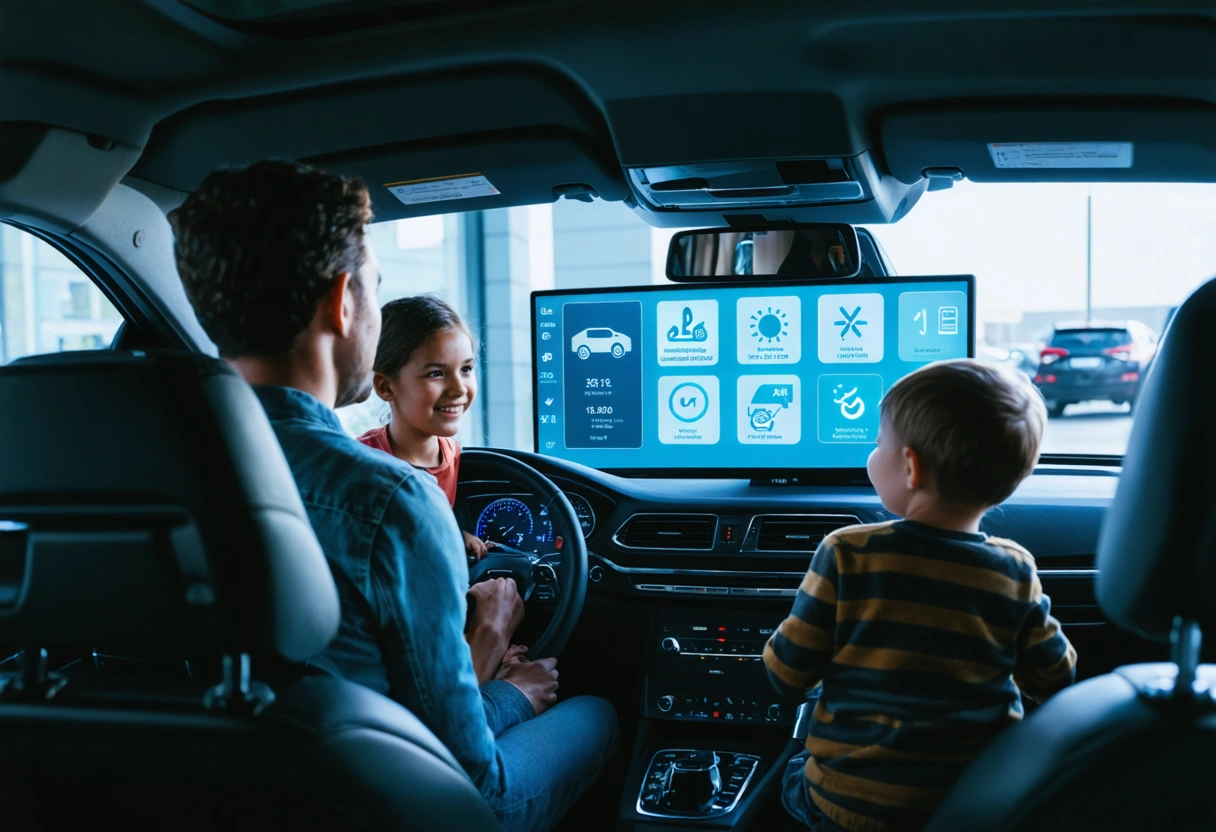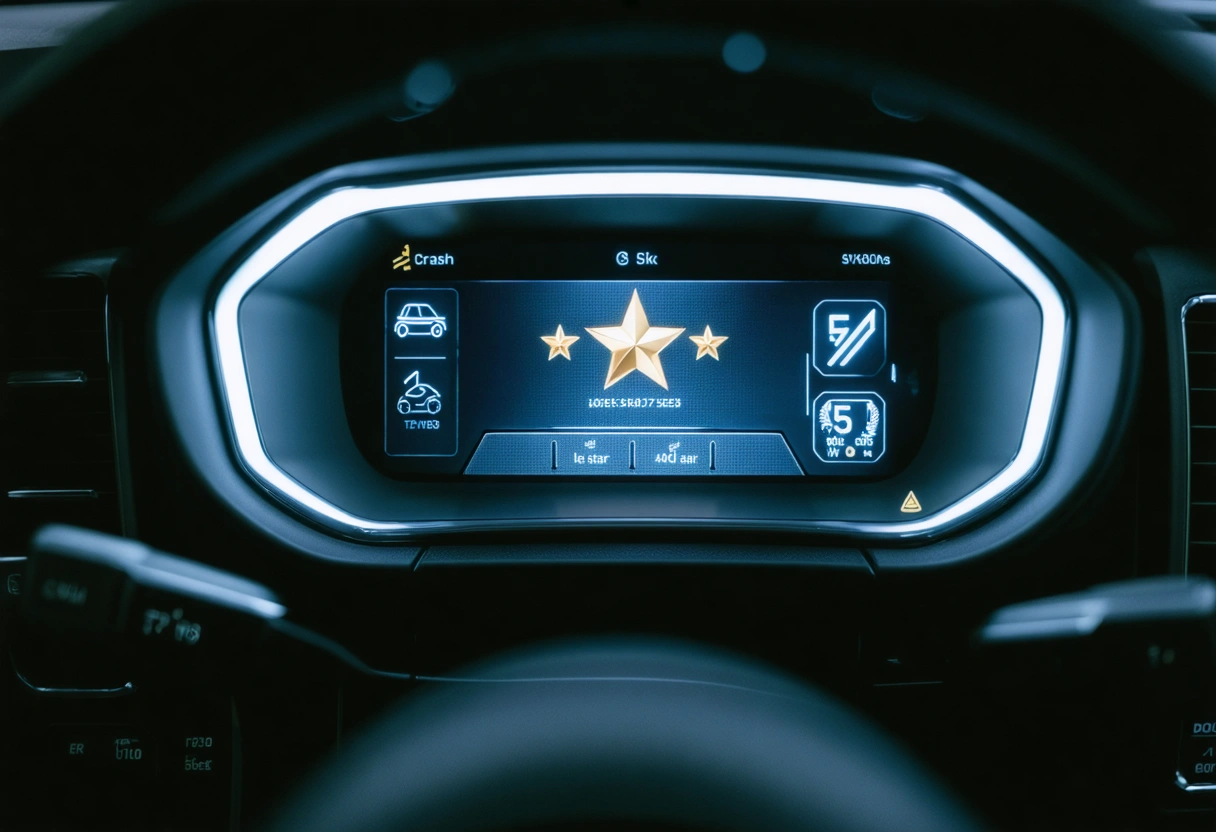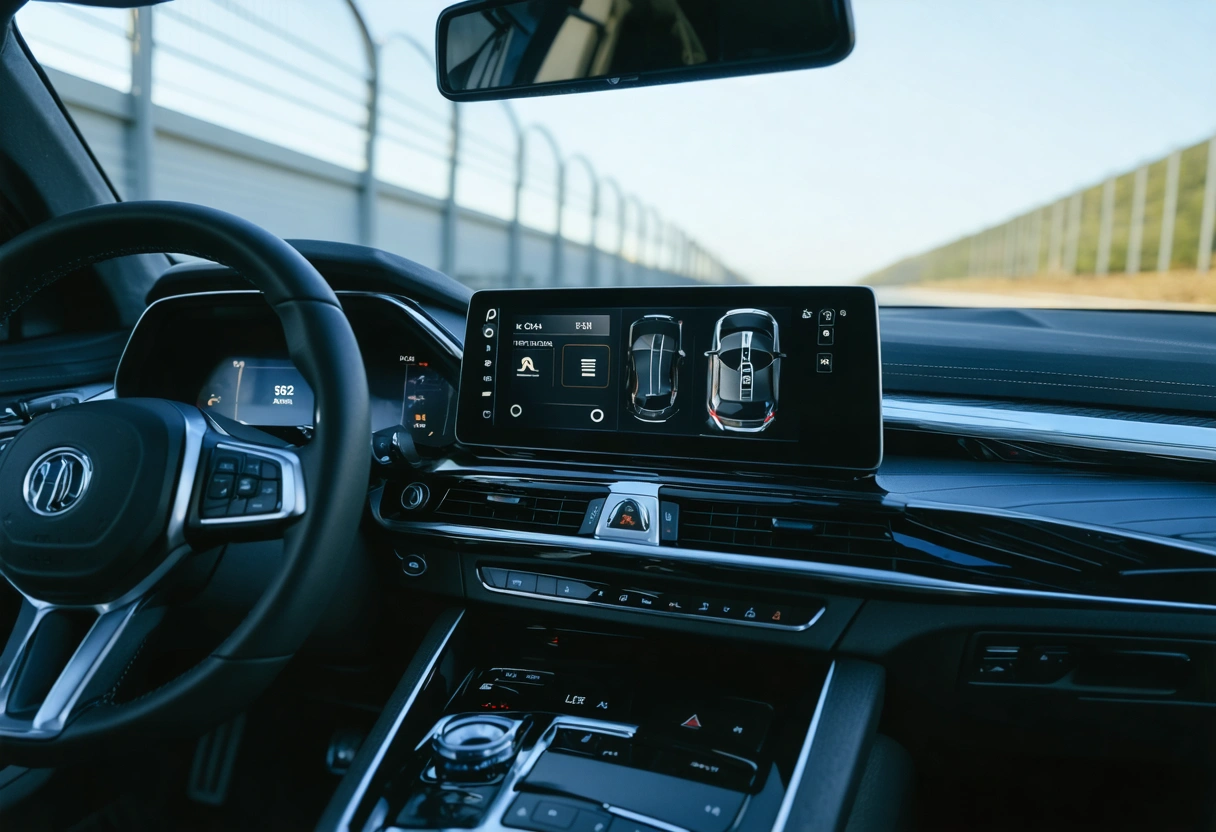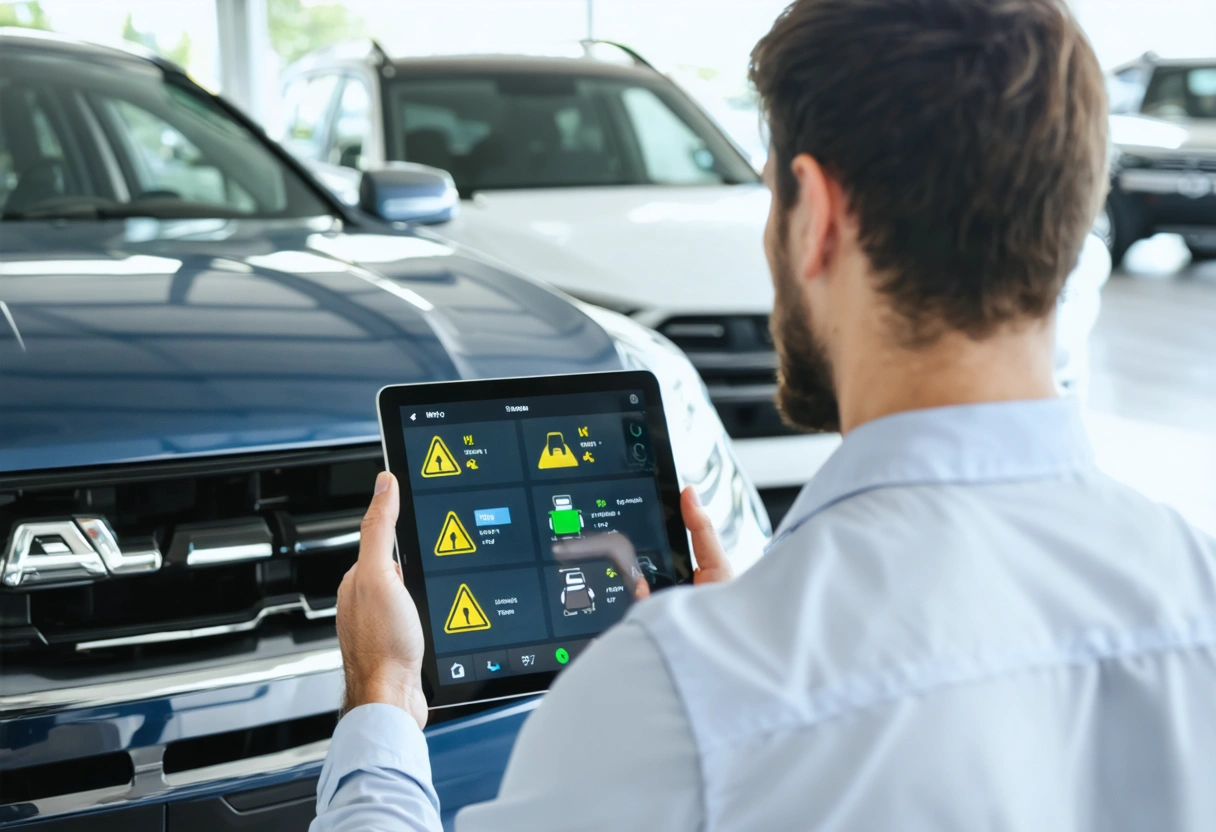Understanding Car Safety Ratings: A Comprehensive Guide for Consumers
When it comes to purchasing a new or used vehicle, safety stands as one of the top priorities for consumers. Car safety ratings play an essential role in helping buyers make informed decisions, yet the systems behind these ratings can often seem complex and confusing. This comprehensive guide is designed to demystify car safety ratings, explain their importance, and provide you with the knowledge you need to choose a safe vehicle for yourself and your loved ones.
From learning how vehicles are tested to understanding what the star ratings truly mean, this guide will illuminate every aspect of car safety ratings. Whether you’re a first-time car buyer or an automotive enthusiast seeking to deepen your knowledge, read on to discover how you can leverage safety ratings to make smarter, safer choices on the road.
What Are Car Safety Ratings?
Car safety ratings are standardized evaluations that measure how well a vehicle protects its occupants during various types of crashes and emergencies. These ratings are provided by independent organizations and government agencies to give consumers an objective way to compare the safety performance of different vehicles.
Two of the most prominent organizations conducting these tests are the National Highway Traffic Safety Administration (NHTSA) and the Insurance Institute for Highway Safety (IIHS). Each organization uses its own criteria and testing methods, which often leads to variations in their results for the same vehicle. Understanding how these ratings are determined is key to making sense of the data presented to consumers.
Why Are Car Safety Ratings Important?
Car safety ratings provide a scientific, evidence-based perspective on how well a vehicle can protect you in the event of a collision. In today’s world, with a wide array of vehicles on the market, these ratings allow buyers to compare safety features across different models and brands. This empowers consumers to make decisions that prioritize not only comfort and style, but also the well-being of everyone in the vehicle.
Moreover, safety ratings often influence the cost of auto insurance. Vehicles with higher safety ratings tend to incur lower premiums, as they pose less risk to insurers. Additionally, understanding safety ratings can guide drivers toward vehicles equipped with advanced safety technologies, such as automatic emergency braking and lane departure warning systems, which have been shown to reduce accident rates and severity.

The Main Car Safety Rating Agencies
Several organizations conduct car safety testing, but the two most influential in the United States are the NHTSA and the IIHS. Each organization uses comprehensive testing protocols to assess the performance of new vehicles in various crash scenarios and safety categories.
The NHTSA, a federal agency under the Department of Transportation, is responsible for the New Car Assessment Program (NCAP). This program employs a five-star rating system that evaluates vehicles based on frontal, side, and rollover crash tests. The IIHS, an independent nonprofit organization, performs its own rigorous tests and awards vehicles with designations such as Top Safety Pick and Top Safety Pick+ based on their performance in these evaluations.
Both organizations have their unique approaches, but together they provide a comprehensive overview of a vehicle’s safety capabilities. When considering a purchase, it’s wise to review ratings from both the NHTSA and the IIHS, as each can highlight different strengths and weaknesses in a car’s design.
NHTSA: The Five-Star Safety Ratings
The NHTSA’s five-star safety rating system is widely recognized and easy for consumers to understand. Vehicles are subjected to three main types of crash tests: frontal crash, side crash, and rollover resistance. Each test produces a rating from one to five stars, with five indicating the highest level of safety.
In addition to these tests, the NHTSA also evaluates advanced driver-assistance systems (ADAS) such as forward collision warning and lane departure warning. These technologies can significantly reduce the risk of certain types of accidents, making their presence in a vehicle an important consideration for buyers. The NHTSA’s website provides detailed breakdowns of each vehicle’s performance, helping consumers understand what lies behind the stars.
IIHS: Top Safety Picks and Crashworthiness

The IIHS uses its own set of crash tests to evaluate vehicles, focusing on both crashworthiness and crash avoidance. Its tests include moderate overlap front, small overlap front (both driver and passenger side), side impact, roof strength, and head restraint evaluations. Vehicles are rated as Good, Acceptable, Marginal, or Poor in each category.
To earn the coveted Top Safety Pick or Top Safety Pick+ designation, a vehicle must perform well across all crash tests and offer effective crash avoidance technologies, such as automatic emergency braking and advanced lighting systems. The IIHS also closely examines the effectiveness of child seat anchors (LATCH systems) and evaluates pedestrian crash prevention features, reflecting a holistic approach to automotive safety.
How Car Safety Ratings Are Determined
The process of determining car safety ratings is highly technical and involves a combination of laboratory tests, crash simulations, and real-world data analysis. Understanding these processes can help consumers appreciate the rigor behind each rating.
Crash testing typically involves using sophisticated crash test dummies to measure the forces experienced by human occupants in different accident scenarios. The data collected is then analyzed to assess potential injuries. In addition to physical crash tests, modern rating systems also evaluate electronic safety features that help drivers avoid accidents altogether.
Frontal Crash Tests
Frontal crash tests are designed to simulate head-on collisions, which are among the most dangerous types of accidents. The NHTSA uses two dummies, one in the driver seat and one in the front passenger seat, to measure potential head, neck, and chest injuries. The IIHS, on the other hand, conducts both moderate and small overlap tests, which replicate collisions involving only a portion of the vehicle’s front end.
These tests provide valuable insights into the effectiveness of seat belts, airbags, and vehicle structure in protecting occupants from harm. Vehicles that perform poorly in frontal crash tests may expose passengers to a higher risk of serious injury or death.
Side Impact Tests

Side crashes often result in severe injuries due to the limited space between the occupant and the point of impact. Both the NHTSA and IIHS conduct side impact tests, but their approaches differ. The NHTSA uses a moving barrier to strike the side of the vehicle, while the IIHS uses a heavier barrier to better simulate collisions with larger vehicles, such as SUVs and trucks.
These tests assess the vehicle’s ability to protect occupants of all sizes, including children seated in the rear. Features such as side airbags and reinforced door structures play a crucial role in side impact protection. High scores in these tests indicate that a vehicle offers robust defense against one of the most challenging crash scenarios.
Rollover Resistance
Rollover accidents are particularly dangerous, often resulting in serious injuries or fatalities. The NHTSA evaluates a vehicle’s risk of rollover by calculating its Static Stability Factor, which considers the vehicle’s width and center of gravity. The agency also performs dynamic tests to observe how the vehicle responds to extreme steering maneuvers.
Vehicles with a low risk of rollover typically have a wider stance and a lower center of gravity. SUVs and pickups, due to their height and design, are more prone to rolling over than sedans and sports cars. Consumers interested in these types of vehicles should pay close attention to rollover resistance ratings.
Crash Avoidance and Mitigation
Modern safety ratings extend beyond crashworthiness to include the effectiveness of technologies that help prevent accidents altogether. Features such as forward collision warning, automatic emergency braking, and lane keeping assist are now evaluated by organizations like the IIHS and NHTSA.
These advanced driver assistance systems (ADAS) are rapidly becoming standard in new vehicles. They use sensors, cameras, and radar to monitor the environment and alert drivers to potential hazards. Some systems can even intervene automatically to prevent a collision. According to the IIHS’s research on ADAS, these technologies have a measurable impact on reducing accident rates and saving lives.

What the Safety Ratings Mean for Consumers
Understanding car safety ratings is only the first step; knowing how to use them to make purchasing decisions is equally important. Not all vehicles with the same star rating offer identical levels of protection, and some ratings may be more relevant depending on your specific needs and usage patterns.
For example, a family with young children may prioritize vehicles that perform well in rear seat safety and side impact tests, while a commuter might value advanced crash avoidance features. It’s important to look beyond the overall rating and examine individual category scores, as these can reveal specific strengths and weaknesses in a vehicle’s safety profile.
Comparing Vehicles Using Safety Ratings
When comparing vehicles, start by identifying those that have received high marks from both the NHTSA and IIHS. Pay attention to the details within each rating, such as how the vehicle performed in small overlap front tests or how effective its crash avoidance systems are. The IIHS provides a searchable database where consumers can compare vehicles across multiple safety categories.
It’s also wise to consider the availability of optional safety features, as some technologies may not be included in the base model. Investing in a vehicle equipped with comprehensive safety systems can provide peace of mind and potentially lower your insurance costs over time.
Limitations of Safety Ratings
While car safety ratings are invaluable, they do have their limitations. Ratings are based on standardized tests that may not account for every real-world scenario. For instance, crash tests are performed under controlled conditions, which may not perfectly replicate all accident types and road environments.

Additionally, not all vehicle models are tested every year, and changes in design or equipment can impact safety performance. It’s essential to review the most recent test data available and consult multiple sources to get a full picture of a vehicle’s safety capabilities. The NHTSA’s consumer resources offer guidance on interpreting safety ratings and making informed choices.
The Future of Car Safety Ratings
As automotive technology continues to advance, so too do the methods used to evaluate vehicle safety. The rise of electric vehicles, autonomous driving features, and more sophisticated crash avoidance systems is driving the evolution of safety ratings.
Organizations like the IIHS and NHTSA are regularly updating their testing protocols to address new technologies and emerging risks. For instance, recent additions include pedestrian crash prevention tests and evaluations of driver monitoring systems. Staying informed about these changes ensures that consumers can continue to rely on safety ratings as a trusted resource when shopping for a new car.
In the future, we can expect safety ratings to place even greater emphasis on active safety technologies and the ability of vehicles to prevent accidents before they occur. This shift reflects a broader industry trend toward prioritizing accident avoidance, rather than relying solely on occupant protection after a crash has occurred.
Making Informed Decisions with Car Safety Ratings
Car safety ratings are an indispensable tool for consumers seeking to protect themselves and their families on the road. By understanding how these ratings are determined, what they mean, and how to use them effectively, you can make confident, informed decisions when purchasing your next vehicle.
Remember to consult both the NHTSA and IIHS ratings, review individual crash test results, and consider the presence of advanced safety features. Take advantage of resources like the Consumer Reports guide to car safety features to deepen your understanding of the latest technologies and how they impact real-world safety.
Ultimately, prioritizing safety not only protects you and your passengers but also contributes to a culture of responsible driving and accident prevention. By leveraging the wealth of information available through car safety ratings, you can enjoy every journey with greater confidence and peace of mind.


